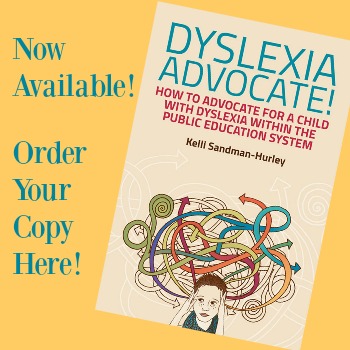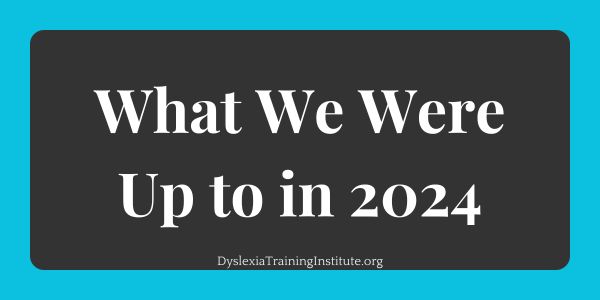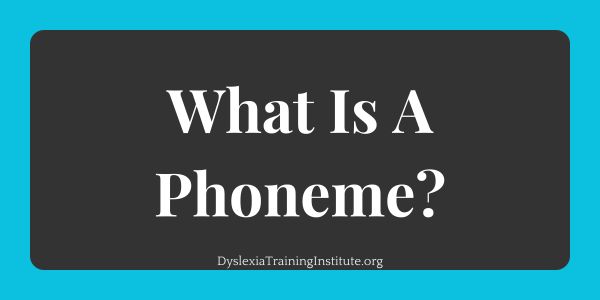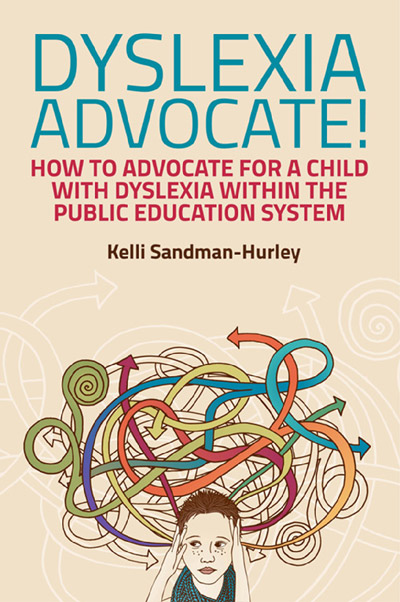 Download the PDF version of this article here.
Download the PDF version of this article here.
Why do we confuse b, d, p and q anyway? Most of us know that this is a normal part of learning to read. Anyone who has watched a preschooler learn to read has seen him or her wonder out loud if that is a b or d they are trying to read. We have also seen this same preschooler become a first grader and figure it out after awhile when they just ‘get it.’ And then there are those who continue to mix up these letters past 2nd grade, when it becomes a red flag. The interesting, and often not answered very well, question is: why? Stanislaus Dehaene, the author of Reading in the Brain, does a great job of explaining in this in an chapter in Dyslexia Across Languages. I am going to do my best to paraphrase because I think it is important to understand how the brain has adapted to fit reading in to a space that was originally meant for other skills.
OK, so we know the brain has adapted to allow us to read. We know from Maryanne Wolf and Stanislaus Dehaene that the written language was not created arbitrarily but it was created in a way that our brains could understand. Most letters are less than three lines. They were not made with more than that, because our brains could not process those configurations due to the fact that the reading part of our brains were originally wired to do things like recognize faces. Our brains were not built for reading, we had to fit reading into our brains.
So back to the mixing up of b, d, p and q. It just so happens that our brain is naturally wired to be able to determine that a cow is a cow no matter how we see it. If we see it facing left, it’s a cow. If we see it facing right, it’s still a cow. So, when we introduce letters like and b and d to the preschooler, he has to UNLEARN this mirror image ability that is build in to the brain. When our preschoolers and kindergarteners are reading was for saw, they are just in the process of unlearning the mirror image. It has nothing to do with dyslexia and there is nothing to worry about until after the second grade when that unlearning should have happened.






Thanks! I found a great resource to help teach the confusing letter b: http://www.sightandsoundreading.com/teaching-the-confusing-letter-b/
I love the article. I have never heard of the mind’s ability to mirror image as a means for confusion in learning b, d, p, and q. I have a student who is confusing p and b in both letter identification, as well as with sounds. Any tips on activities to help him get it quickly?
This a horrible “article” from a dyslexia website:
“When our preschoolers and kindergarteners are reading was for saw, they are just in the process of unlearning the mirror image. It has nothing to do with dyslexia and there is nothing to worry about until after the second grade when that unlearning should have happened.”
And it explains NOTHING. You shouldn’t have to wait until 3rd and 4th grade to get help because you will NEVER get it from public school by then!!!
You are right, you should not have to wait until 3rd or 4th grade. Reversals are only one of the symptoms of dyslexia. This ‘article’ was simply explaining the reason for reversals and nothing else.
What about an older student (high school) reversing “b” and “d” after learning it properly in elementary school? Can students forget how to write properly because they use computer keypads so often? Is reversal in the later years a sign of something else?
My husband confusess b &d’s when writing. How do i teach an adult over 50?
Stated in the article, “Most letters are less than three lines. They were not made with more than that, because our brains could not process those configurations due to the fact that the reading part of our brains were originally wired to do things like recognize faces. Our brains were not built for reading, we had to fit reading into our brains.”
First of all I would like to say that I think the brain is an amazing organism, and how it works is so fascinating to me. Secondly, I am a proud mom of three kids, all wonderful and unique, one of which is dyslexic. Thirdly, I teach dyslexics how to read using an approach that is OG based, and has excellent results.
I have done a lot of reading on learning how to read prior to tutoring, long before I had a dyslexic child. In the course of my studies I learned, please correct me if I am wrong, that the brain naturally wants to read from right to left. But we in the western civilization changed it to reading from left to right. So the brains is working against its natural way of operating. Is this what your research has shown you, as well?
My other question is in regard to “most letters having no more than three lines.” If this is the case, how do you account for the Chinese written language?
Thank you so much for your time in reading my comment.
Thanks for this article, this really helps my report.
I am an avid reader and professional writer and my brain swaps out d’s and g’s all the time. Still. I’m 46. These two letters are mirrored on a horizontal access rather than a vertical one. Any insight as to what’s going on in my brain?